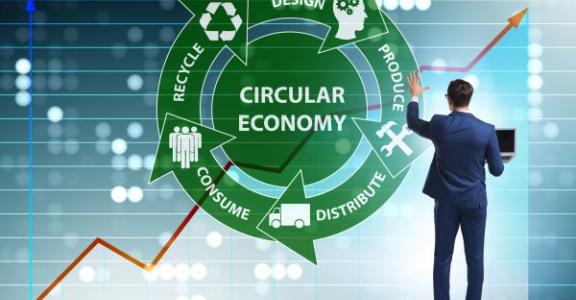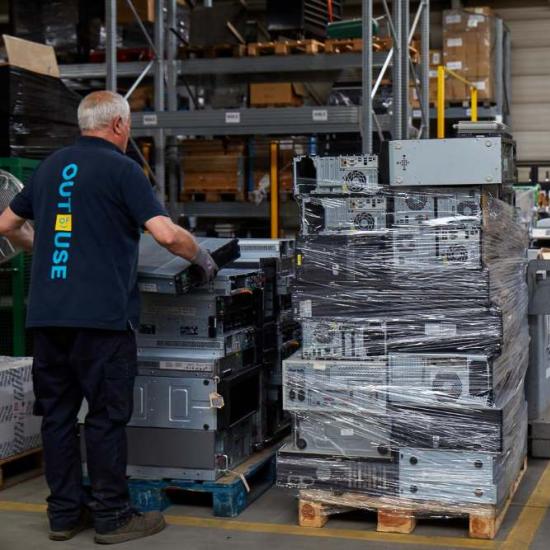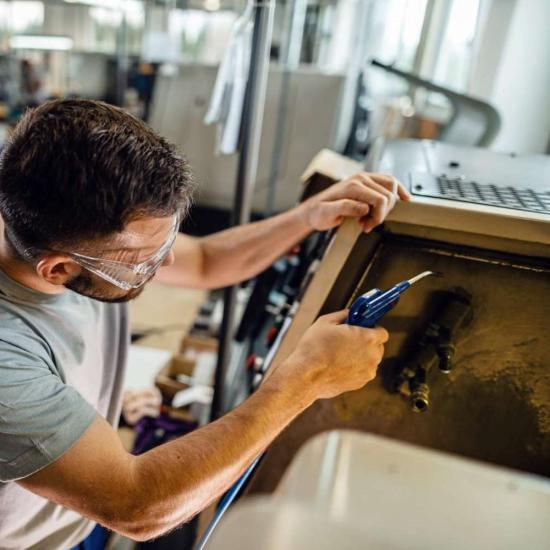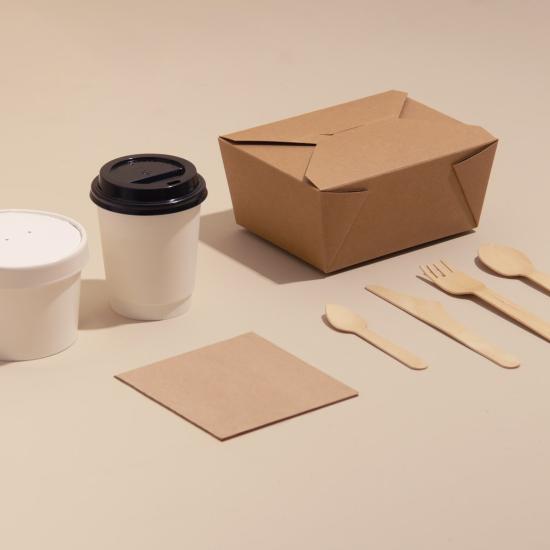Many companies are taking steps towards circularity. Some are focusing on renewable materials and extending the life of their products. Others are focusing on new revenue models, in which services help components and products to be used longer and more optimally. And others are opting for sub-systems and platforms in order to use products more intensively. Each of these strategies can make sense, but how do you know which strategy and actions for your business will best advance the circular economy?
For decades, our companies have been structured according to linear goals and standards. Because of this, the internal structures, goals, triggers, etc. became more solid and effective over the years. For example, as long as salespeople are only given targets for one-off sales and not for returns, repairs, upgrades, etc., one-off sales will continue to dominate. The KPIs used steer the organisations. These steering figures are particularly powerful and influential in improving performance.
Supplier assessments, transport and logistics efficiency, after-sales service, etc. have evolved in a similar way. Distribution via distributors, contractors and subcontractors to the customer is also cost-effective, even if the customer is not necessarily the owner or user. So even for complex supplier-customer relationships, our processes and organisations work highly efficiently from a linear perspective.
Search for new benchmarks
In short, not only each individual company, but also the value chain, has ingrained processes based on linear objectives ('take, make, use, dispose'). It is clear that this does not encourage circular product design, product life cycles and the reduction of environmental impact. In such a context, the costs and benefits of investing in circular products and services are very difficult to balance across the value chain. It’s illustrative that, thanks to e-commerce, we are efficient in the distribution of (small) packages to every conceivable address. On the other hand, we are unable to efficiently collect small separated waste fractions from companies.
Not all costs (and benefits) are reflected. You can read more about externalities and how they will affect you in the (near) future via this blog.
Hence, we cannot rely on the goals and metrics of the linear economy to achieve our circular goals. The search for new benchmarks is on and there are already many companies that are integrating very clever assessment models and methods into their processes. Measuring your ambitions and performance in circular business gives you a reference point, generates actions for improvement and shows whether these actions are delivering results. But how do you specifically go about it?
First, it’s interesting to see which indicators exist and which are useful for your organisation. Select an indicator or set of indicators that fits your organisation, specific product, project or process. In doing so, you need to focus on the indicator that currently offers the most added value for your business. The next step is to set specific goals. Agreements and definitions are very important in this respect. In order to internally organise the measuring and recording of progress, you need to determine who you will involve and who will actually have an influence on the indicators. Since several departments are involved (product design, production, sales, etc.) a multidisciplinary approach will be necessary.
How are you able to communicate this progress? First and foremost, it's important to determine what progress you wish to communicate. This progress can be on several levels. Think, for example, of reducing the environmental impact by focusing on product design and use. In a following step, you will objectify the indicators you wish to communicate. This means that you use recognised scientific methods to communicate the indicators. You can read more about this in a previous blog on this topic.
Furthermore, there are more and more tools available that can help you keep the balance between zooming in on linear KPIs & circular KPIs.
|
A good starting point is the overview of tools that you can find on the website of Flanders Circular via this link. Some well-known tools, for example, are: Circular Transition Indicators (CTI) Framework from the World Business Council of Sustainable Development (WBCSD) |
One of the key questions is: "Do I bring new metrics into my linear operations or do I only measure the circular progress for the circular products, services or projects?" In other words, as long as the linear model is dominant, we need to consider how to measure circular progress.
From theory to practice
One solution is to set a target on the number of products and/or services you want to assess for their circular value and include this in the business objectives. Needless to say, this raises the question of what a circular product or service is.
| Manufacturing companies such as ABB, Agfa, Legrand, Pami, Philips, Q-lite, Veldeman, Verimpex and many others have explicit targets to make x% of their raw material use or y% of their product and service portfolio circular by a certain time. Obviously, they use specific definitions to determine and measure 'circularity'. Is this perfect? Possibly not, but it is a strong incentive to accelerate the consistent implementation of circularity and to gradually refine and validate the objective measuring methods. |
The importance of knowing what you want to measure has been highlighted before and can be read in this blog.
We are sure of one thing: it's quite a challenge and no-one has a 'golden-bullet solution'. Since we depend on each other to make progress and cooperation is therefore absolutely necessary, we are focusing on what leading companies have already tested and implemented themselves. That's why during 'The practice of measuring and improving your circularity performance and ambitions’ masterclass on 18 January 2022, we‘re joining forces with Sirris, Agoria and VITO to bring you a sample of what you can already do and how you can tackle it. We let companies share their experiences with tools, methods, metrics, etc., so that you too can find your way and make lasting progress quickly.
#industriepartnerschap #sterkondernemen
(Source picture: https://www.dreamstime.com)]]>





